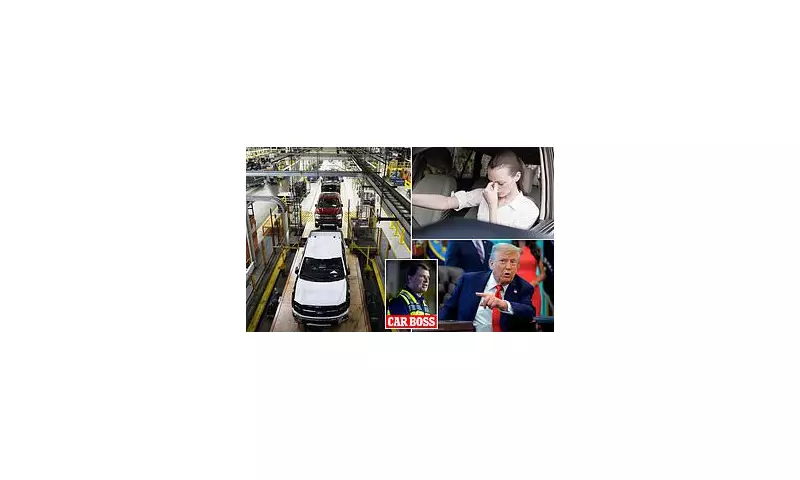
In a move that has sent shockwaves through the global automotive industry, former US President Donald Trump has threatened to impose a colossal 200% tariff on vital magnets imported from China if he returns to the White House.
The proposed tariff, targeting neodymium magnets essential for electric vehicle motors, power steering, and anti-lock brake systems, has been met with dire warnings from manufacturing chiefs. They caution that such a drastic measure would severely disrupt supply chains, drastically increase production costs, and could ultimately force American car plants to shut their doors.
A Critical Blow to the Automotive Heartland
Industry analysis suggests the move would deliver a critical blow to US manufacturing competitiveness. With China dominating over 90% of the global supply for these powerful rare-earth magnets, finding alternative sources quickly would be nearly impossible. The cost of EVs and traditional vehicles would inevitably skyrocket, passing immense financial pressure onto American consumers and automakers alike.
«This isn't a policy; it's a sledgehammer,» one unnamed industry executive was quoted as saying. «The entire industry relies on these components. A tariff of this magnitude would be catastrophic, leading to production halts and job losses on a massive scale.»
The Looming Trade War Escalation
This threat marks a significant escalation in the ongoing trade tensions between the US and China. It echoes the protectionist «America First» strategies that defined Trump's first term but pushes them into new, critical territory concerning the green technology transition.
The proposal has also ignited a fierce debate about the balance between protecting domestic industry and ensuring the affordability and pace of the electric vehicle revolution. Critics argue that while reducing reliance on China is a valid long-term goal, such a sudden and severe tariff would do more harm than good, crippling the very industries it aims to protect.
As the political battle lines are drawn, the future of thousands of US automotive jobs and the affordability of next-generation vehicles hang in the balance.





